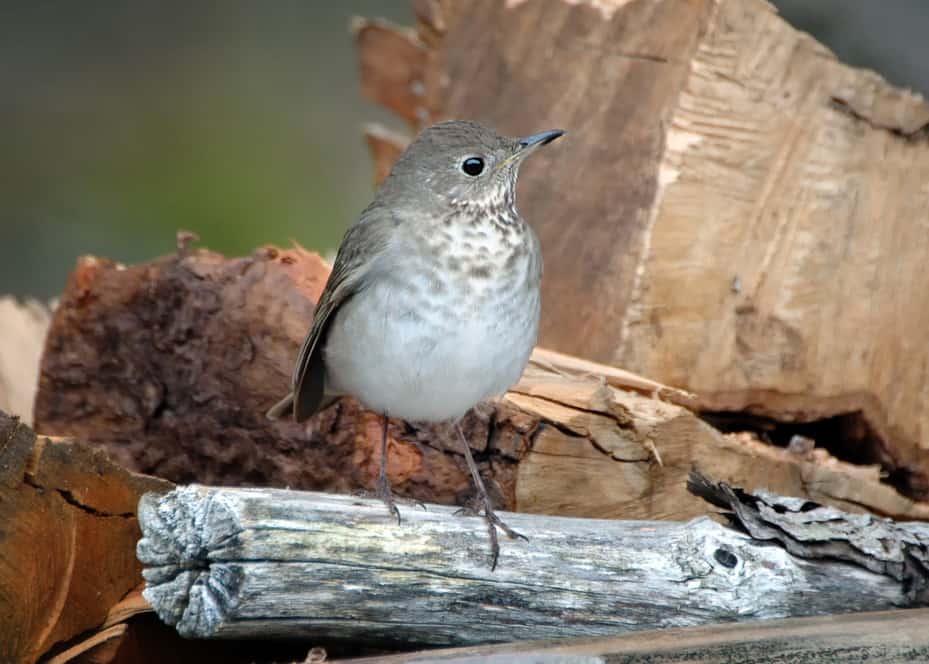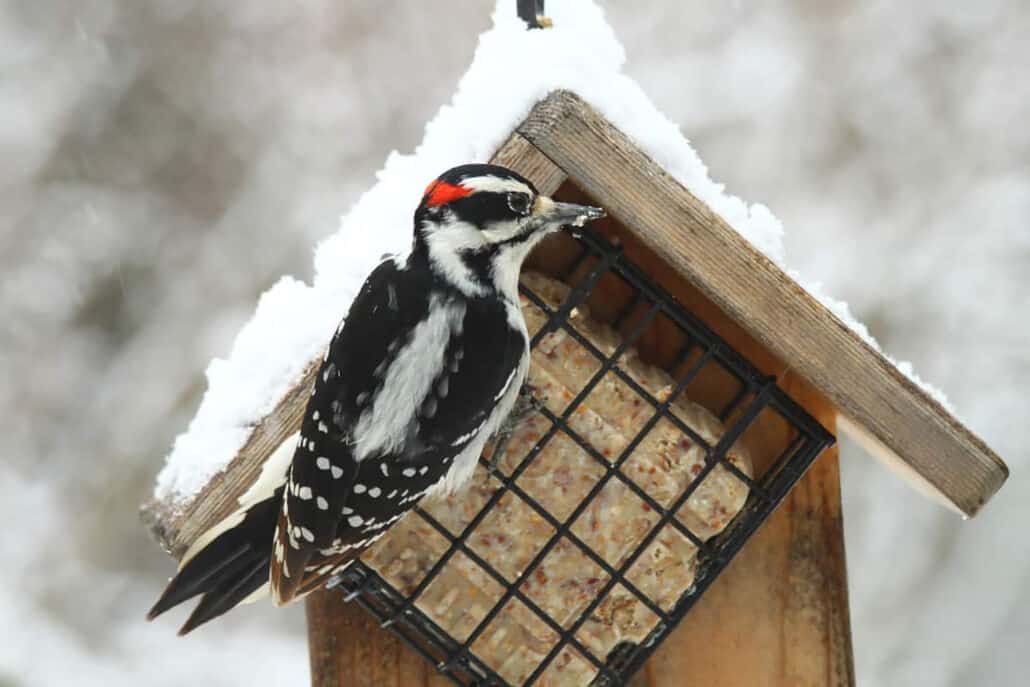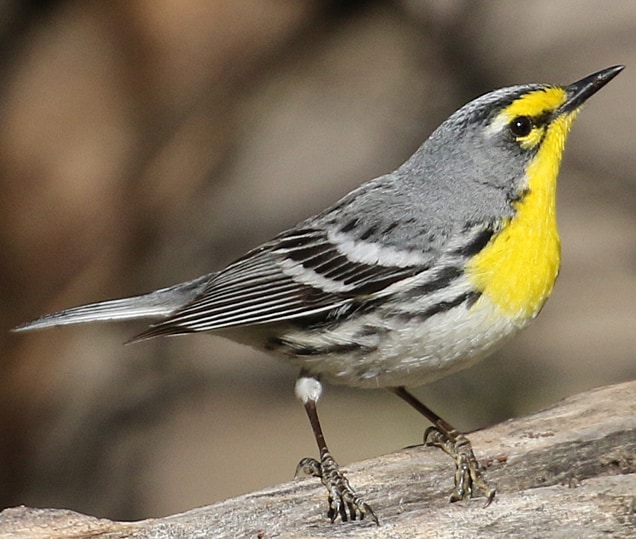What Does a Catbird Look Like?
A slim, slate-gray bird about 9 inches long, the catbird is distinguished by a solid black cap and a bright chestnut patch under its tail. Because of its habit of cocking its tail, this patch is often visible. Catbirds are easy to recognize because—no matter what age, sex, or season—they all look the same.
Listen for
Named for its mewing cat-like call, the catbird is actually a multi-talented singer that is almost comparable to the mockingbird in its vocal versatility. Able to operate both sides of its syrinx, or vocal organ, independently, it can actually sing two different songs at once, and it’s a mimic, too—not a bad resume for an otherwise mostly gray bird. You can usually tell a catbird’s song from that of other mimics, though, because each phrase is repeated only once, and the telltale meouw is thrown in from time to time.
Find it
In most of its U.S. range, the catbird is migratory, moving southward in winter, away from the coldest weather. Flying at night, migrant catbirds are often victims of collision, striking tall buildings or communication towers with distressing frequency. A few avoid the dangers of migration by remaining in their northern territories, a tactic that works if they are well fed and the season is not overly harsh.
Feed it
Foraging in thickets and brambles, the gray catbird eats mostly insects in spring and summer, adding small fruits as fall approaches. Favored insects include caterpillars, ants, aphids, termites, cicadas, and dragonflies. Among fruits it chooses grapes, cherries, and berries, followed by such late-lingering items as multi-flora rosehips, catbrier, privet berries, bittersweet, and mountain ash.
Nesting Behavior
Singing from deep within a thicket, the male catbird courts his female in spring. After mating, she builds a bulky cup of twigs, weeds, and leaves. Sometimes, she adds bits of paper or string. Then, she lines the nest with fine grasses or hair. She incubates her three or four eggs for about two weeks; both parents then feed the nestlings for 10 to 12 days until they fledge. Two broods are common.
WOW!
The gray catbird, as a species, has learned to recognize eggs of the brown-headed cowbird, a nest parasite. The catbirds often pierce the cowbird eggs and throw them out of the nest.




